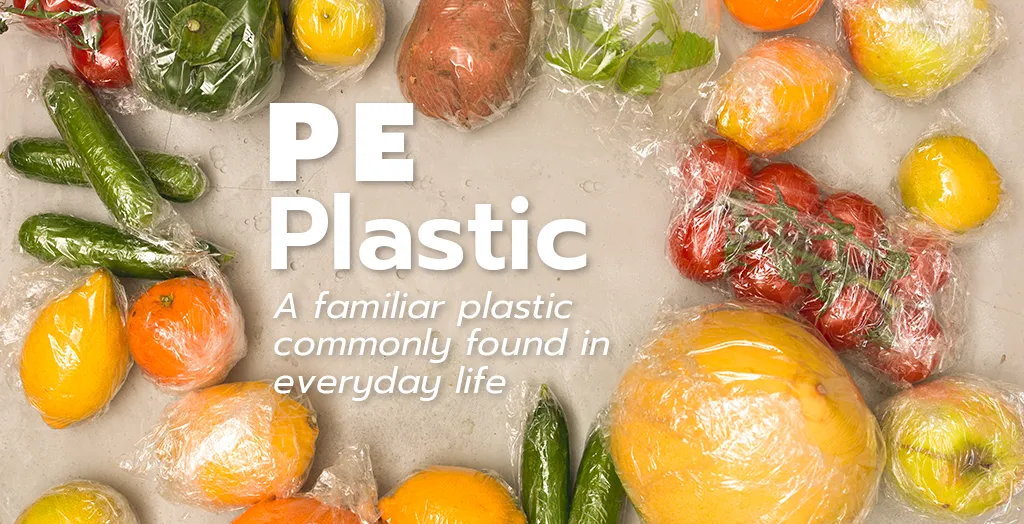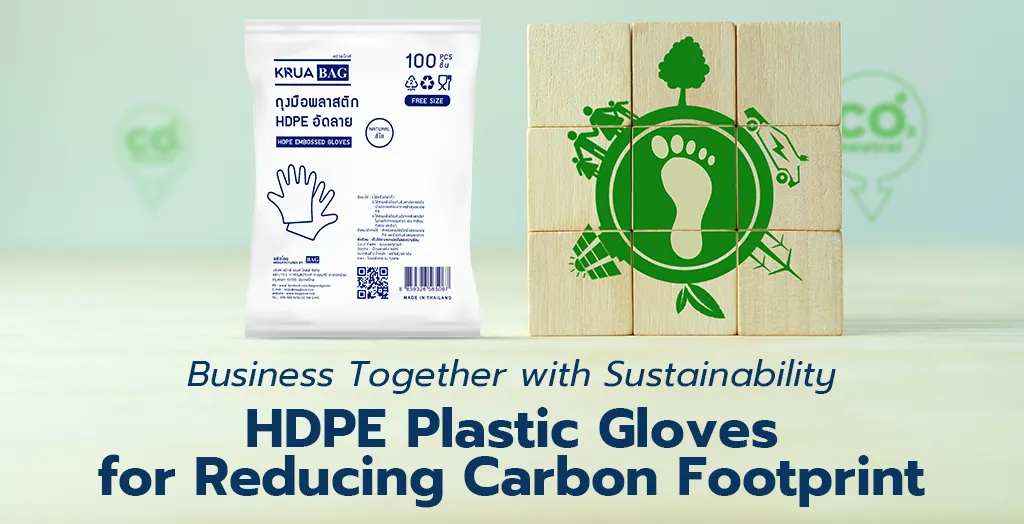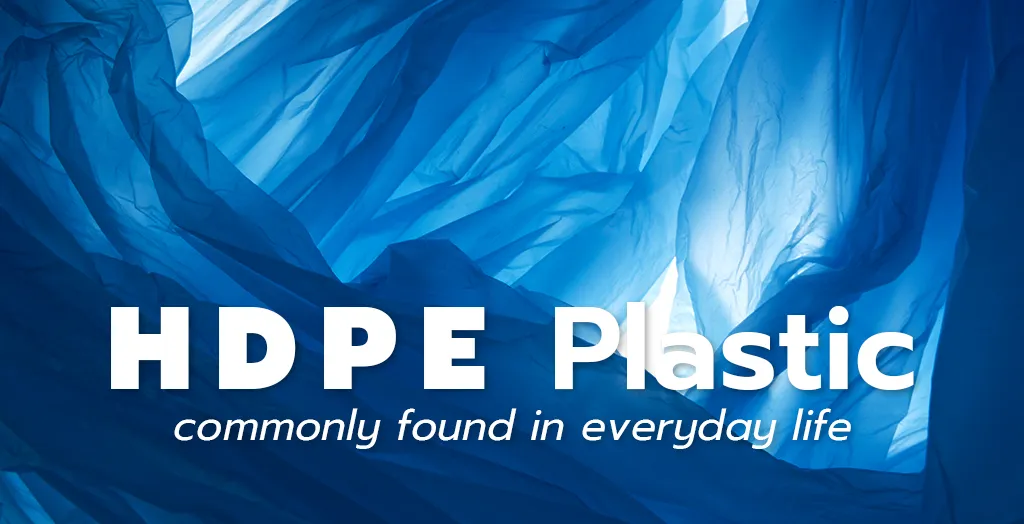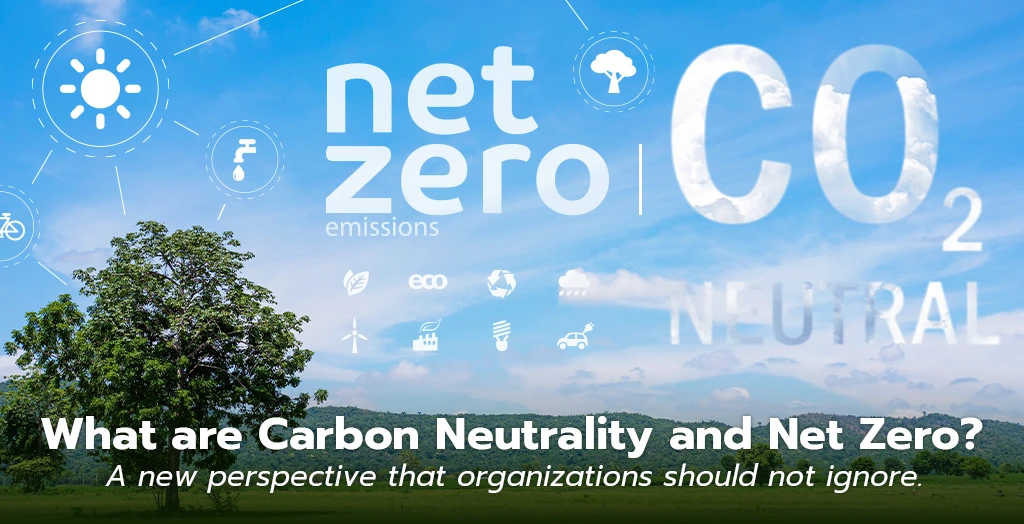PE plastic, short for Polyethylene, is one of the most common materials we encounter in daily life. From grocery bags and water bottles to plastic containers at home, PE is everywhere. Beyond household items, it also plays a crucial role in many industries.
So, what exactly is PE? Why is it so widely used, and what makes it different from other plastics? Let’s take a closer look.
What is PE Plastic?
PE, or Polyethylene, is a type of thermoplastic—a plastic that softens when heated and solidifies when cooled. It comes in different grades, each with its own unique structure and properties, such as HDPE, LDPE, and LLDPE.
In general, PE plastics are known for being:
- Flexible yet durable
- Chemically resistant
- Waterproof
- Safe for food and beverage contact
These qualities make PE one of the most widely produced and used plastics in the world.
Key Properties of PE Plastic
- Chemical Resistance
PE can resist acids, alkalis, solvents, and a wide range of chemicals. This makes it ideal for packaging products that contain chemicals or for use in chemical-prone environments. - Strength and Flexibility
Lightweight but strong, PE can withstand pulling, stretching, and impact without tearing easily. - Food-Safe and Non-Toxic
Certified safe for food and beverage contact, PE does not leach harmful chemicals. This is why it’s commonly used in food packaging, water bottles, and containers. - Impact and Abrasion Resistance
PE is tough against impact and wear, making it suitable for heavy-use products like trash bins, children’s toys, and construction equipment. - Temperature Tolerance
Depending on the grade, PE can withstand temperatures from around -60°C up to 80–120°C, making it suitable for both cold and moderately hot conditions.
Types of PE Plastic and Their Uses
1. LDPE (Low-Density Polyethylene)
- Flexible, soft, and transparent
- Melting point: ~105–115°C
- Excellent tear resistance but lower heat resistance
Common Uses of LDPE:
- Grocery and shopping bags
- Food wrap films
- Zip-lock bags
- Squeeze bottles
- Cable insulation
- Agricultural films
2. LLDPE (Linear Low-Density Polyethylene)
- A balance between LDPE and HDPE
- Tougher and more durable than LDPE
- Glossy and flexible material
Common Uses of LLDPE:
- Food packaging (vegetable, fruit, and bread bags)
- Aseptic cartons and laminates for sterile packaging
- Stretch films
3. HDPE (High-Density Polyethylene)
- Strong, rigid, and more opaque
- Melting point: ~120–140°C
- Better heat and impact resistance compared to LDPE
Common Uses of HDPE:
- Water and milk bottles
- Water tanks and trash bins
- Water pipes and drainage systems
- Chemical containers
- Toys
- Thermal insulation sheets
Advantages and Disadvantages of PE Plastic
Advantages
- Lightweight yet durable – easy to transport and long-lasting.
- Moisture-resistant – does not absorb water, making it suitable for wet or humid environments.
- Recyclable – can be recycled into new products, helping reduce waste.
- Low production cost – affordable and suitable for mass production.
Disadvantages
- Heat limitations – softens at high temperatures, unsuitable for oven use.
- Not biodegradable – takes centuries to decompose if not managed properly.
- Static build-up – prone to attracting dust, not ideal for sensitive electronics.
What is PE Plastic Used For?
- Food and Beverage Packaging – plastic bags, water bottles, milk jugs, food wraps, and zip-lock bags.
- Agriculture – mulch films, irrigation pipes, grow bags, and chemical containers.
- Construction – water pipes, moisture barriers, insulation sheets, and waterproofing materials.
- Electrical Industry – wire and cable insulation due to excellent electrical resistance.
- Everyday Products – toys, trash bins, storage boxes, kitchenware, sports equipment, and furniture.
- Medical Applications – IV bags, feeding tubes, implantable devices, and pharmaceutical packaging.
PE Plastic and the Environment
PE is recyclable, which helps reduce environmental impact. However, because it is not biodegradable, improper disposal can cause long-term waste issues. Responsible use and proper recycling systems are essential to reduce pollution and conserve natural resources.
Conclusion: Is PE the Right Material for You?
PE plastic is one of the most versatile and widely used materials in the world. With its durability, flexibility, food safety, and recyclability, it is suitable for countless applications in packaging, construction, agriculture, medical, and consumer products.
However, the right type of PE (LDPE, LLDPE, or HDPE) should be chosen based on specific requirements such as strength, flexibility, and temperature resistance.
PE Plastic Solutions from Bags and Gloves Co., Ltd.
At Bags and Gloves Co., Ltd., we specialize in high-quality PE plastic products tailored for businesses worldwide.
- Strict Quality Standards – all products are manufactured under rigorous quality control, suitable for industries requiring high safety standards.
- Over 28 Years of Expertise – decades of innovation and experience serving diverse sectors.
- Global Network – trusted by clients in Thailand and around the world.
Our Products Include:
- Disposable plastic gowns and sleeves
- Medical gloves and aprons
- Plastic covers and protective wear
- Plastic bags and garbage bags
Learn more at Bags and Gloves Co., Ltd. or Contact us to place an order or request custom production.







